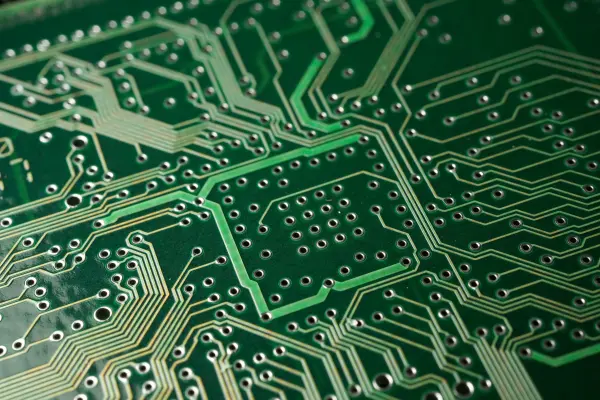Summary of Understanding Filled Vias in PCB Design
The article explains the different techniques of via filling in PCB design, focusing on conductive and non-conductive via filling. Conductive filling is used for vias that transfer large amounts of heat or current, typically in high-temperature PCBs. Non-conductive via filling involves using epoxy to prevent solder from wicking during reflow, especially in via-in-pad designs, which are important for high-density interconnect (HDI) circuits. Understanding these via filling methods helps optimize PCB performance and reliability.
Parts used in the Via Filling Techniques Project:
- Conductive filling material (for thermal/electrical conduction)
- Non-conductive epoxy (for via filling and solder prevention)
- Standard PCB vias
- Via-in-pad design layout
Filled vias can often be a source of confusion for PCB designers. There are various techniques for filling a via, and the choice depends on the specifics of the project. If your project requires via filling, the most suitable technique will depend on the exact purpose of the vias.

Typically, a standard PCB via carries signals from one layer to another. However, the transmission of that signal can sometimes be disrupted by the physical or electrical properties of the surrounding circuit. Filling vias with either conductive or non-conductive materials helps secure the via according to its intended function.
Conductive Via Filling is used for vias that need to carry large amounts of heat or current to another layer of the board, which is common in high-temperature PCBs.
Non-Conductive Via Filling (NCVF) involves filling a via with epoxy before finishing. This technique is mainly used for Via in Pad designs to prevent excess solder from wicking away from the pad and down into the via hole during the reflow soldering stage of PCB assembly.
Understanding filled vias is essential for optimizing PCB design, particularly in high-density interconnect (HDI) circuits. Bittele Electronics provides detailed insights into the use of filled vias, which can be either conductive or non-conductive based on their application. Conductive via filling is crucial for vias that need to carry significant amounts of heat or current, while non-conductive via filling, typically done with epoxy, prevents solder from wicking away during reflow soldering. This technique is especially beneficial in via-in-pad designs, which are vital for spacing concerns in HDI PCBs and improving heat dissipation in thermally sensitive high-power designs. By understanding the different types of filled vias and their applications, designers can enhance PCB performance and reliability.
